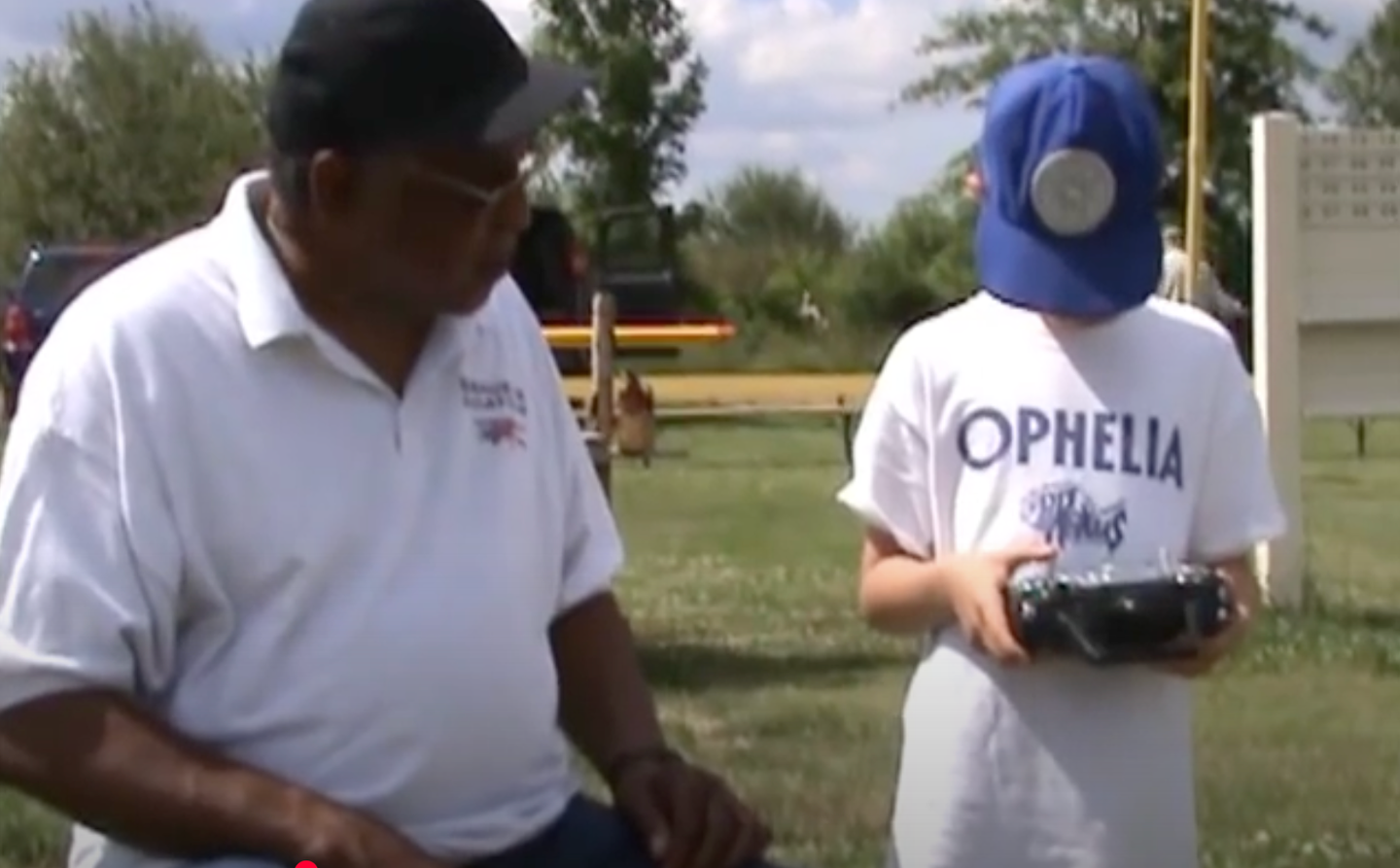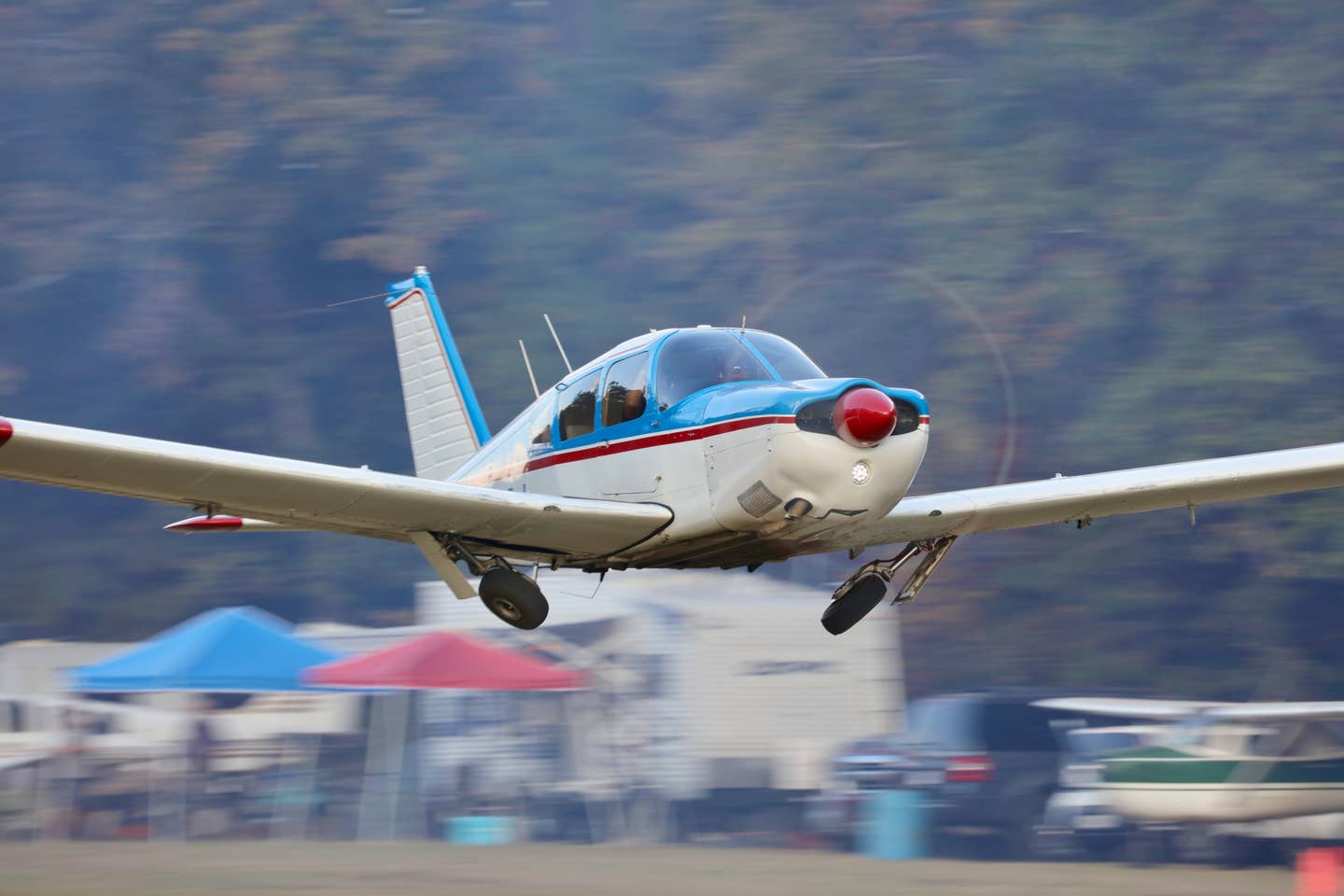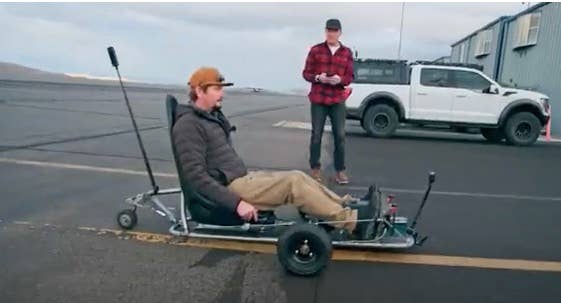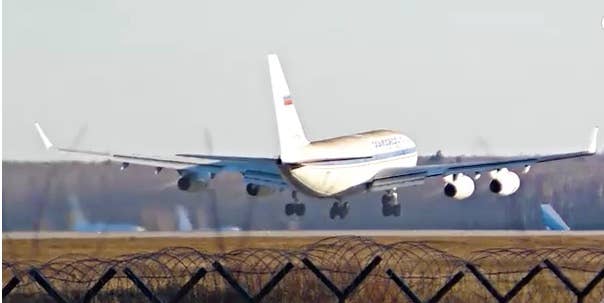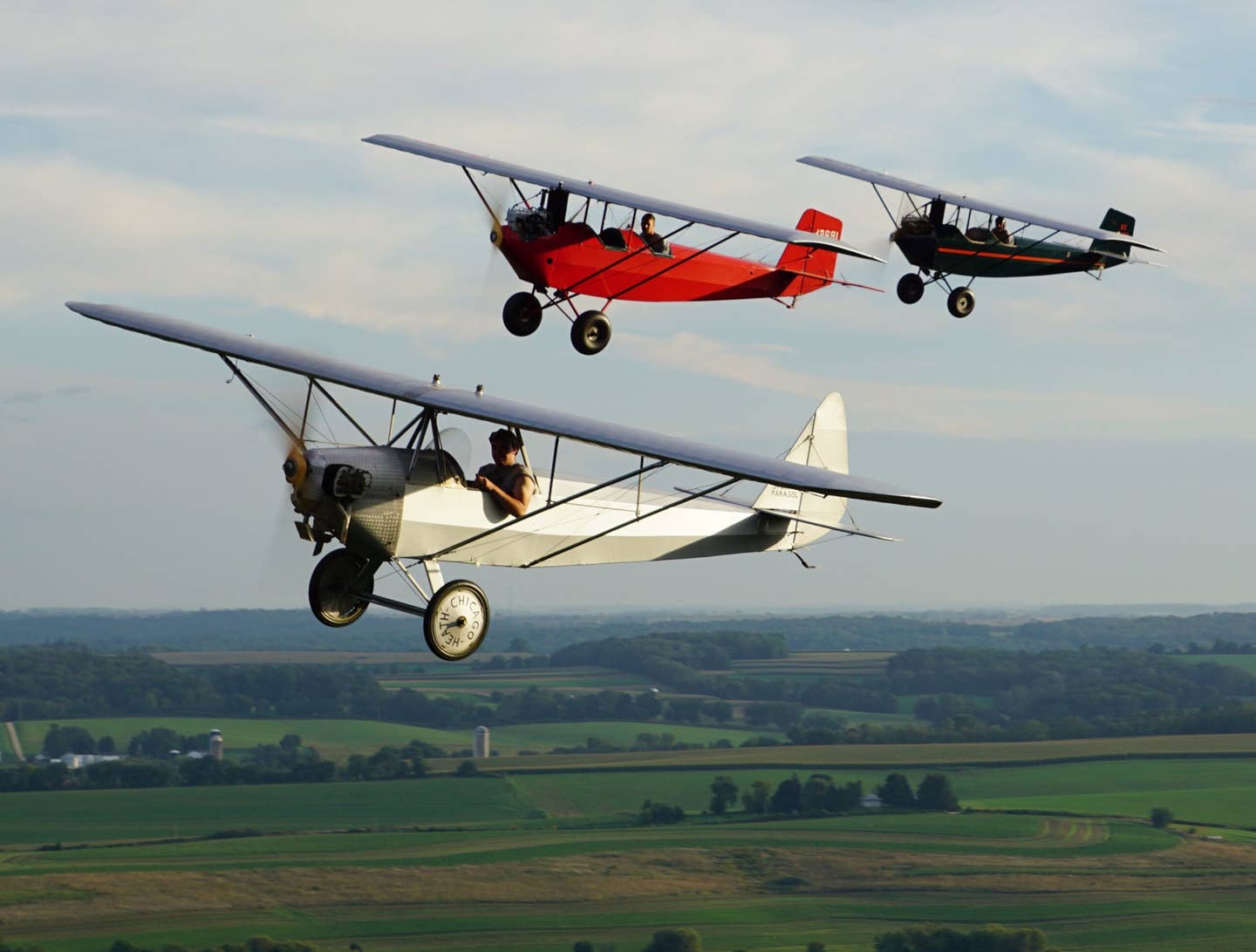Video: Two Takeoff Accidents Analyzed
In this AVweb video, Paul Bertorelli dissects two takeoff accidents—including the crash of his own Mooney—to highlight how to recognize and avoid the most dangerous takeoff mistakes.
In this AVweb video, Paul Bertorelli dissects two takeoff accidents—including the crash of his own Mooney—to highlight how to recognize and avoid the most dangerous takeoff mistakes.
Paul BertorelliEditor
Related Stories

